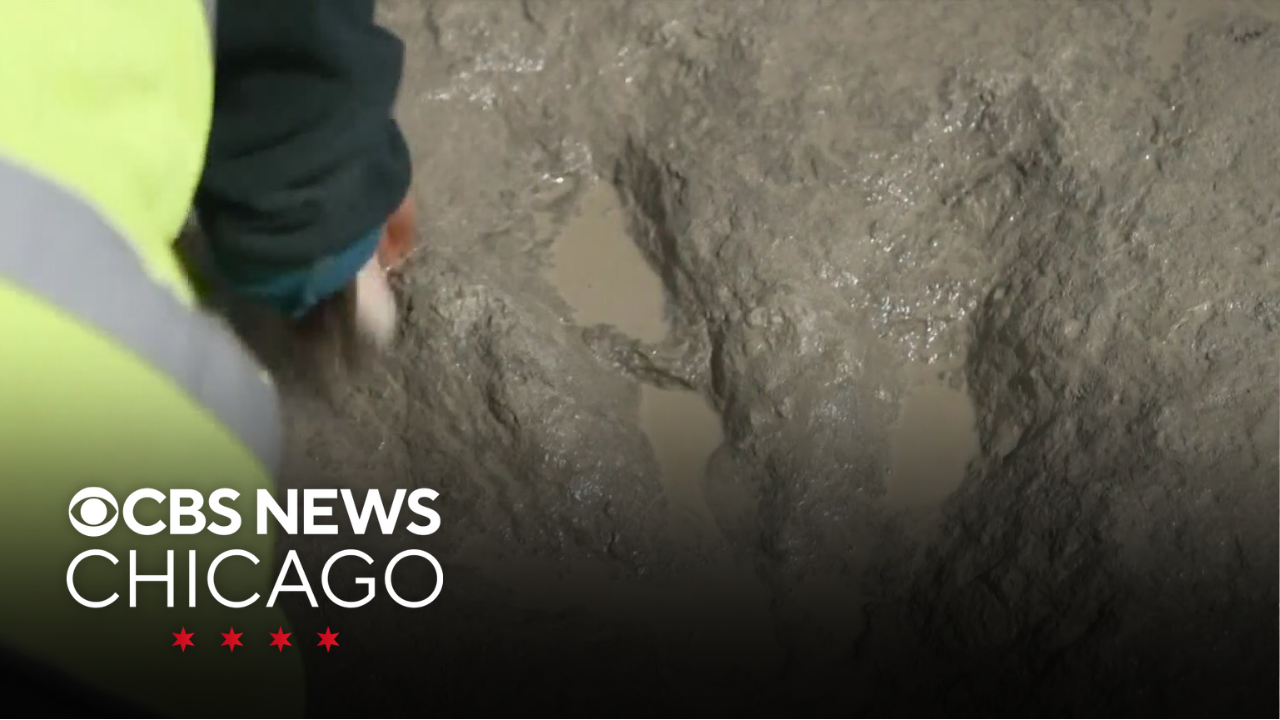
Paleontologists have unearthed a remarkable new dinosaur discovery in Argentina, a megaraptoran named *Joaquinraptor casali*. This creature, estimated to have been approximately 23 feet long, offers valuable insights into a previously enigmatic group of dinosaurs. These megaraptorans, known for their elongated skulls and formidable claws, roamed across South America, Australia, and parts of Asia. The fossils of this newly discovered species, found in the Lago Colhué Huapi rock formation, are remarkably complete, providing a more comprehensive understanding of the megaraptorans than previously available.
The *Joaquinraptor casali* lived around 66 to 70 million years ago, near the time of the dinosaur extinction event. The discovery of a front leg bone from an ancient crocodile relative pressed against its jaws suggests this dinosaur’s diet and position within the food chain. Unlike the T. rex, which had massive teeth and small arms, the *Joaquinraptor* likely used its long arms to capture prey. This difference in predatory adaptation highlights that multiple evolutionary pathways led to top predators during the Cretaceous period. Lucio Ibiricu, a member of the discovery team, noted that megaraptorans are among the least understood dinosaurs. The new find, which was reported by Reuters, is named in memory of Ibiricu’s son, Joaquin.
This discovery contributes significantly to our understanding of the Late Cretaceous period. The research, published in the journal Nature Communications, adds to the growing body of knowledge about these fascinating creatures. The *Joaquinraptor casali* provides a crucial piece of the puzzle, offering a more complete skeleton than previously available for the megaraptoran group. It adds to the picture of a world populated by diverse and specialized predators that evolved different strategies for survival. This finding comes not long after the identification of a T. rex ancestor, which was called the “missing link” between apex predators.

